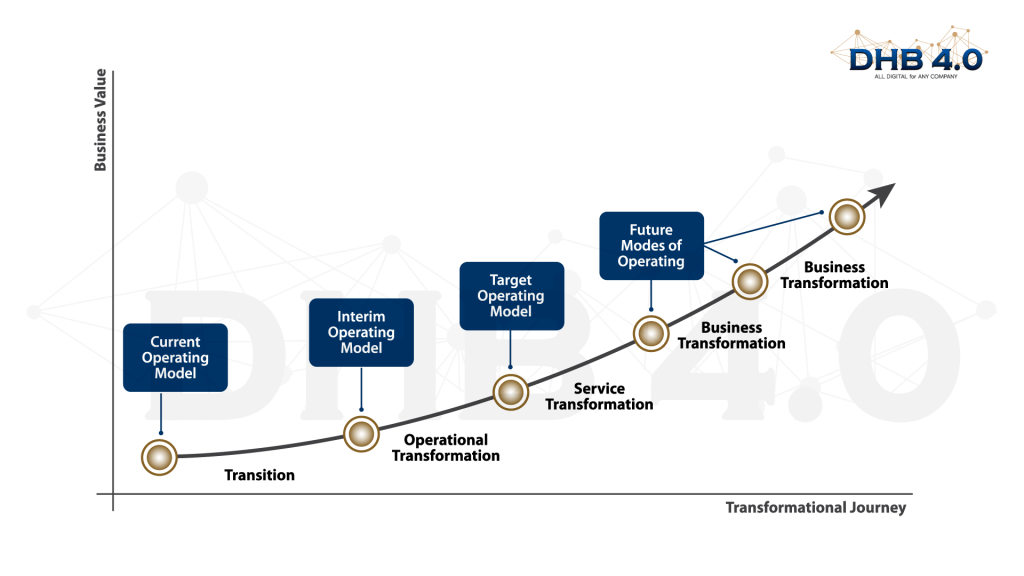
Succeeding in transformation requires balancing four imperatives. First, companies need to optimize their computing infrastructure through the right mix of on-premises and cloud platforms. Second, they need to remove IT complexity wherever possible so they don’t get bogged down by too many moving parts. Third, they need to enable speed to market.
Just a few years into the cloud revolution, many companies are discovering that a wholesale migration of all data, applications, and infrastructure to the public cloud is not ideal, especially in terms of cost and security. Increasingly, companies of all sizes across all industries are finding that hybrid IT—a mix of on-premises and public cloud—makes more sense. FlexSim Brazil and its partners have 25,000 experts in 80 countries who are helping customers redefine how they consume IT, targeting flexible capacity and maximum resource utilization that preserves funding for new projects that drive customer value.

In addition to edge computing and hybrid IT, another important strategy is to share application development tools and tasks across the organization. Organizations need to modernize, migrate, and develop applications with a vision for the future. “The development environment has always been the purview of central IT.” “Now, with cloud-native technologies, companies are looking to democratize development and get features into production much faster.”
A software-defined infrastructure enables the easy creation of application programming interfaces (APIs), which allows developers to quickly create an application that used to take months to build. In the recent past, companies spent a lot of time developing new applications. It could take months or years to bring something to market. “Now, people are building applications very quickly on agile platforms. They’re not afraid to go out and fail. They’re putting applications in front of consumers — making changes, making improvements,” says the senior partner at FlexSim Brazil.

FlexSim Brazil is dedicated to helping its clients accelerate transformation and make desired business outcomes a reality. An engagement starts with understanding what the desired business outcomes are and what that means in terms of understanding what the client’s legacy IT environment is capable of, what their data center looks like, where customer touchpoints occur, and most importantly, what their goals are. “We align all of this into a digital transformation roadmap that drives maximum simplicity,” says Michael.
In addition, there are huge fields and segments in the market that can go beyond the development and automation of a single application. Your company can go further and adopt DHB4.0.

North America: +1 (645) 221.6090
Europe: +351 (920) 799.717
LATAM: +55 (19) 9 8251.9536